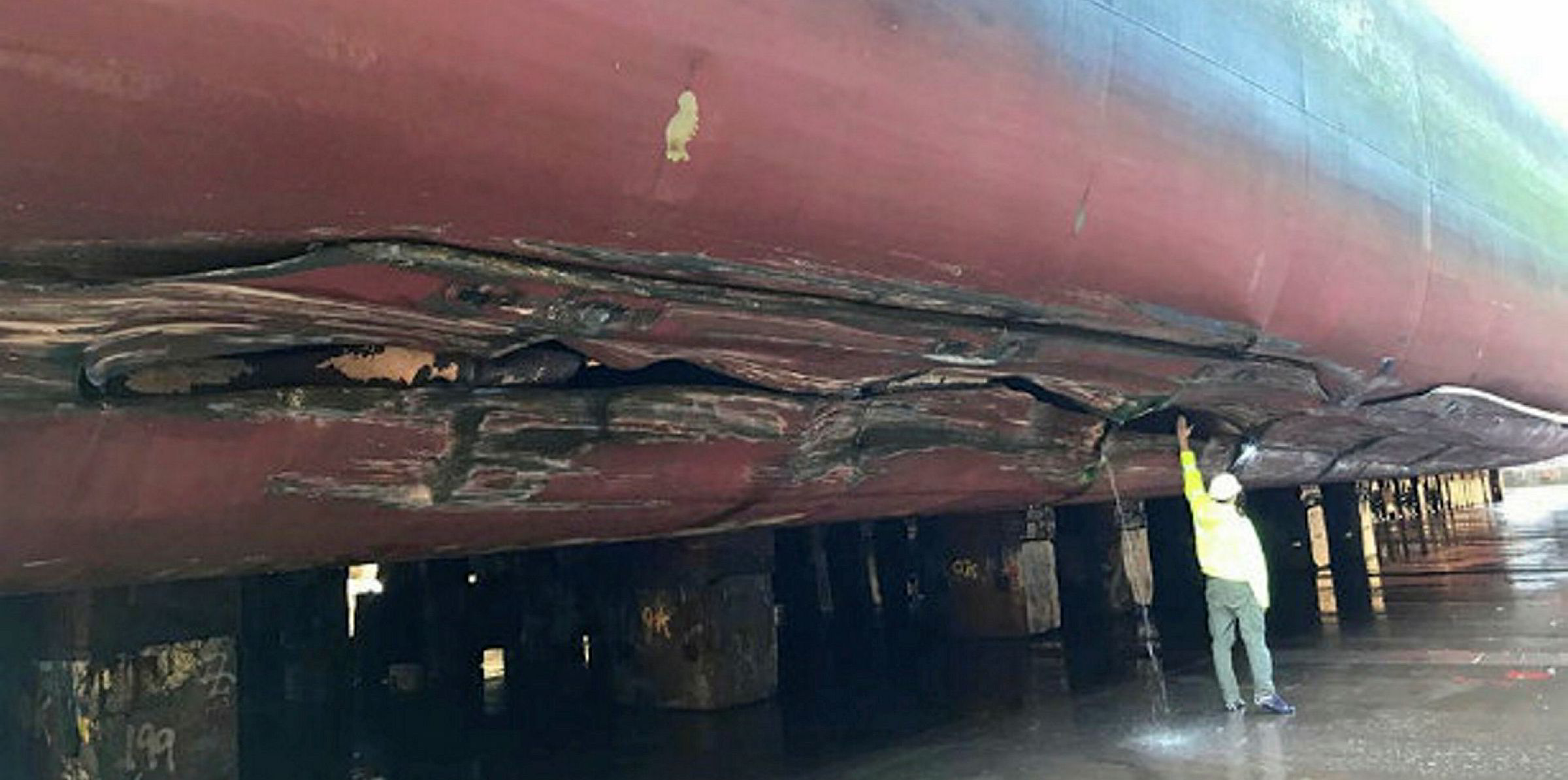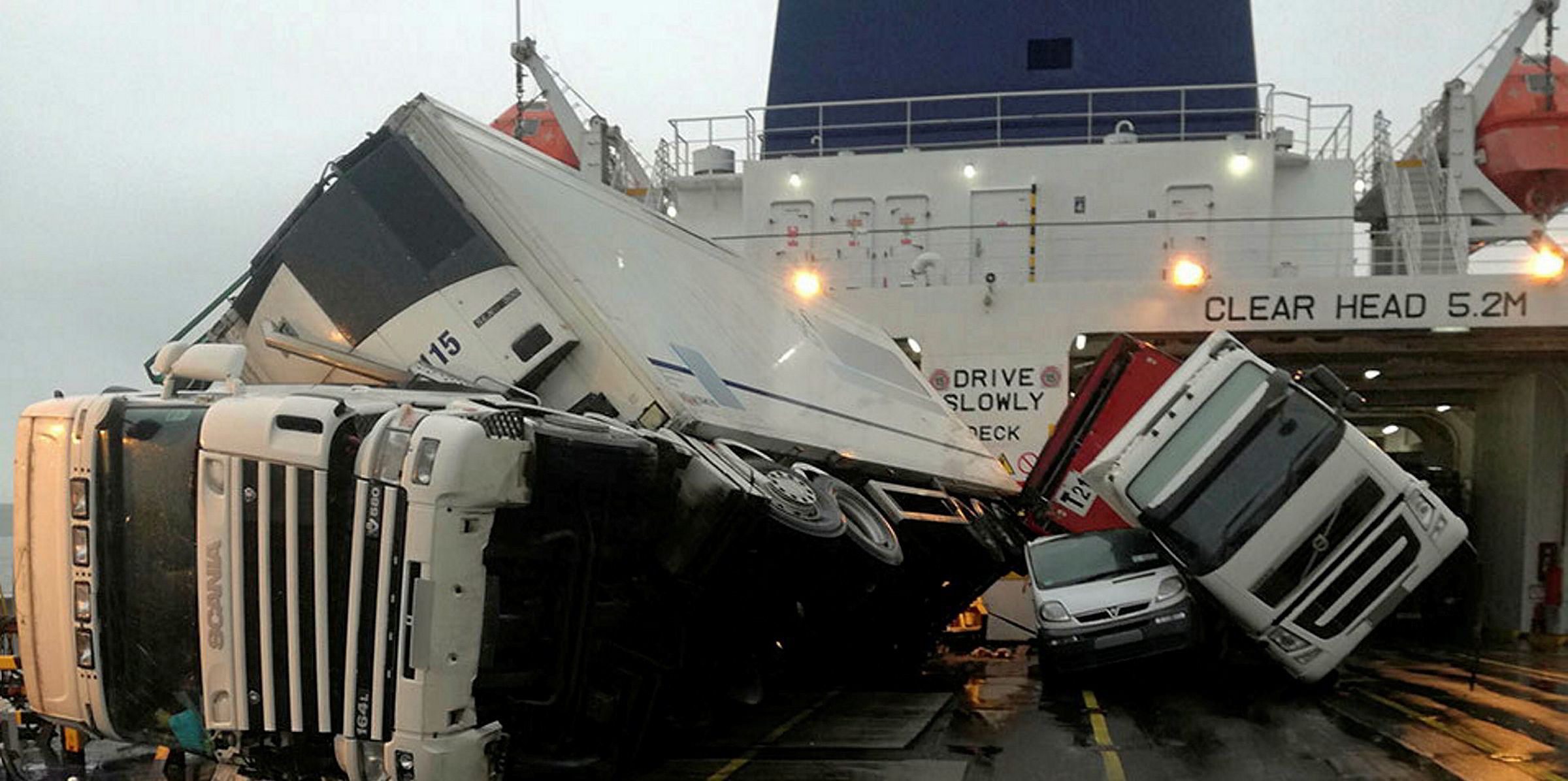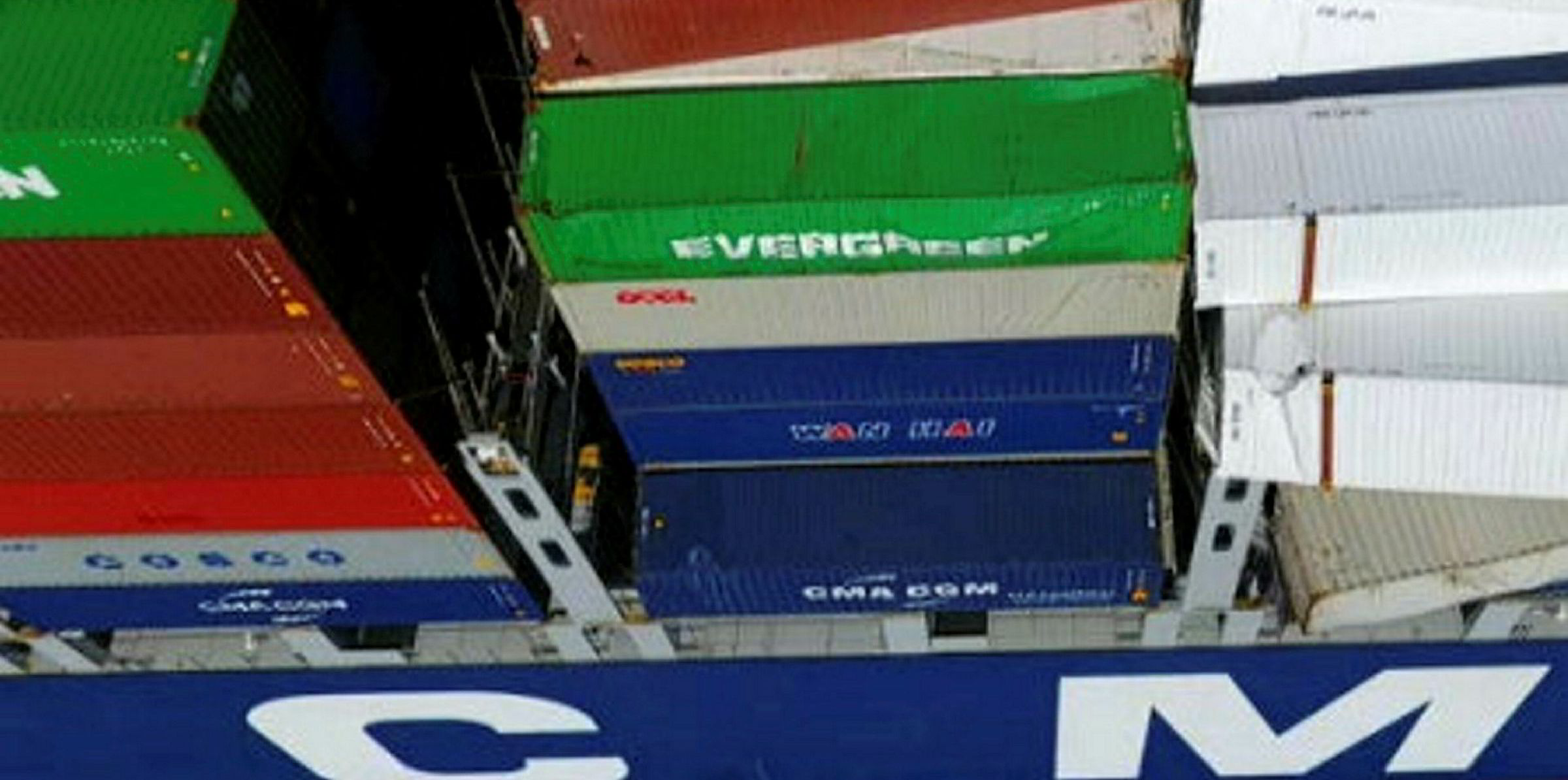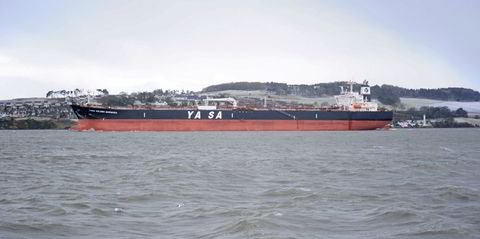A newly promoted ro-ro captain has been blamed for a grounding off Northern Ireland after being too excited to sleep well the night before assuming command for the first time.
The 52-year-old Pole was navigating the 19,700-gt Seatruck Performance (built 2012) manually at the time of the accident in the Greenore Channel on 8 May last year, the UK's Marine Accident Investigation Branch (MAIB) found.
The ferry suffered a hull breach on the granite sea bed and quickly developed a 7-degree list.
It was able to return to Warrenpoint without assistance. No pollution or injuries were reported, but it was out of action for three weeks.
The master had worked for Seatruck for 22 years, including seven years as a chief officer.
Signs of nerves
He had accepted the promotion to captain but negotiated a six-month trial on the condition that he would be able to revert to working as a chief officer if he felt uncomfortable with the additional responsibilities of command, particularly in the winter, MAIB said.
"The master was excited at the prospect of taking command on 8 May and did not sleep well during the previous night," the report added.
He also did not rest after sailing from Heysham that day, or after the ship was moored at Warrenpoint.
While navigating the Greenore Channel, the captain noticed from the rate of turn indication on the conning display that the ferry was turning very slowly to port, which was not expected.
He applied 10 degrees of starboard helm and the ferry started to turn to starboard, but the master soon assessed it was turning too quickly.
Action came too late
He then applied starboard helm in increasing amounts to keep the ferry within the buoyed channel but soon heard a loud noise and a shuddering vibration lasting for seven seconds as the ship grounded.
The report found the accident occurred as a result of its heading being altered later than intended after entering the western end of the Greenore Channel.
"The late initiation of the turn resulted from the newly promoted master’s nervousness and/or lack of confidence, insufficient support from the bridge team, and the navigational practices used," MAIB found.
The master was steering by hand, which reduced his ability to maintain an overview of the situation, and a lack of support from the bridge team made him a single point of failure, the agency added.
"The navigational practices being used by Seatruck Performance’s bridge team did not fully incorporate the electronic aids available and were insufficient to assure the vessel’s safe outbound passage, at night, through the Greenore Channel," MAIB said.
Seatruck Ferries has advised its masters of the potential problems when navigating in the Greenore Channel.
MAIB has asked it to optimise its use of electronic navigation systems to provide real time positional information.







